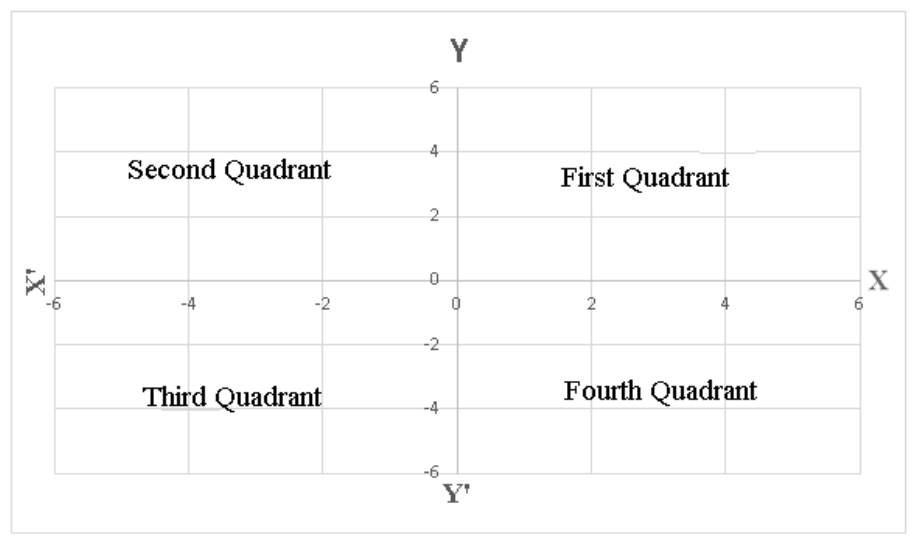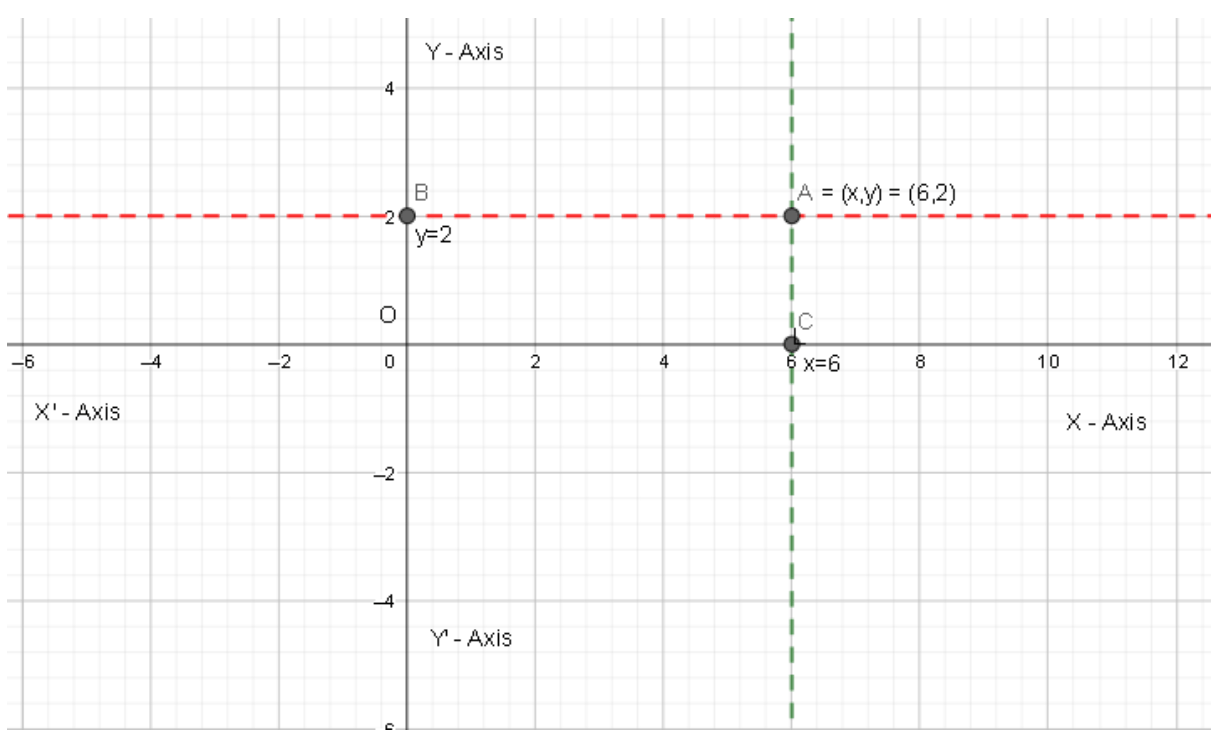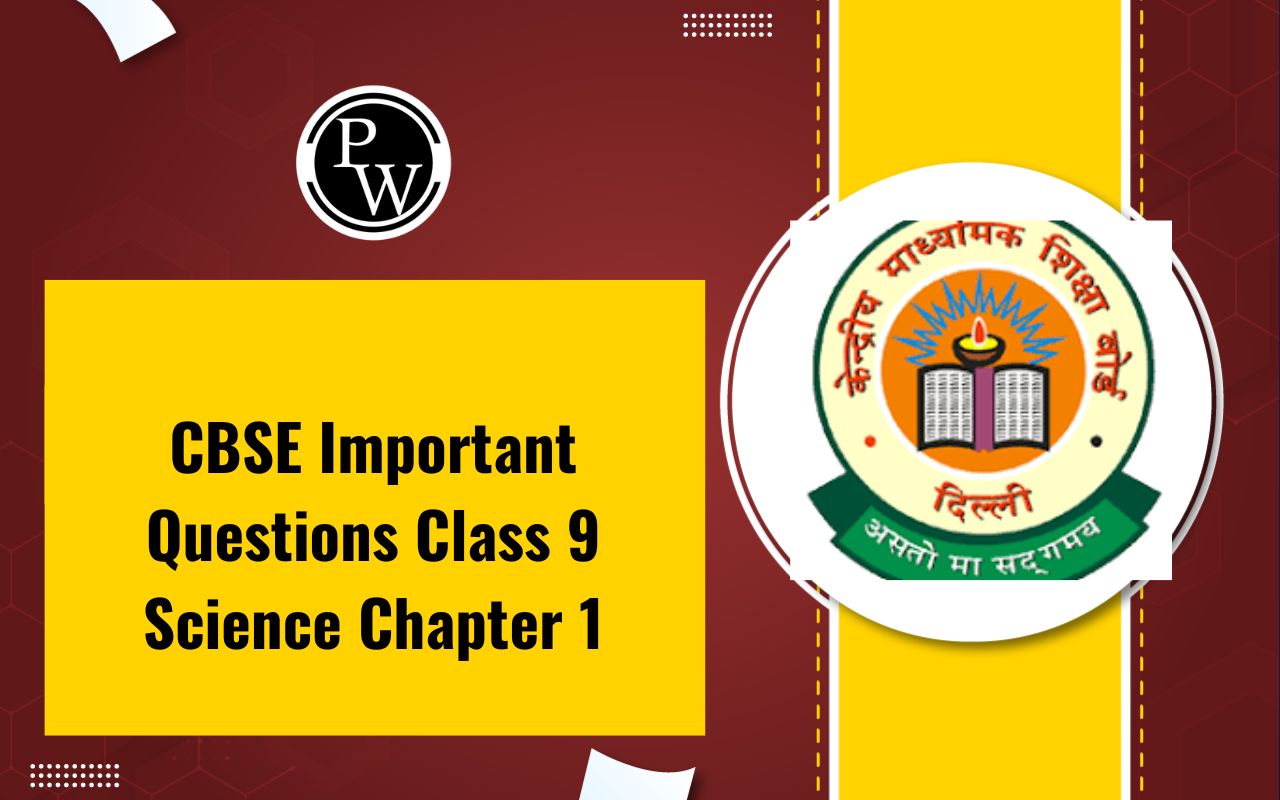
CBSE Class 9 Maths Notes Chapter 3: CBSE Class 9 Maths Notes Chapter 3 talk about Coordinate Geometry. It's like using numbers to describe shapes and positions on a graph. These notes help you understand how to use numbers to find points on a graph, measure distances between them, and even figure out where the middle point is.
By studying these notes, you'll learn how to work with graphs better and solve problems involving shapes and lines. The notes have lots of examples to help you understand, and they also give you practice questions to test what you've learned. So, if you want to get better at math and understand shapes and graphs more easily, these notes are a great help!CBSE Class 9 Maths Notes Chapter 3 PDF
You can find CBSE Class 9 Maths Notes Chapter 3 in the provided PDF link. This chapter is all about Coordinate Geometry, which helps us understand shapes and positions using numbers on a graph. They're helpful for improving math skills and solving problems related to shapes and lines.CBSE Class 9 Maths Notes Chapter 3 PDF
CBSE Class 9 Maths Notes Chapter 3 Coordinate Geometry
Coordinate Geometry
Coordinate geometry is a branch of mathematics that combines algebra and geometry. It involves using numerical coordinates to describe the positions of points, lines, curves, and shapes on a graph. In coordinate geometry, the Cartesian coordinate system is commonly used, which consists of a horizontal x-axis and a vertical y-axis intersecting at a point called the origin. Points on the coordinate plane are represented by ordered pairs (x, y), where x is the distance along the x-axis and y is the distance along the y-axis. This system allows us to precisely locate and describe geometric figures, calculate distances and slopes, and solve various problems related to shapes and spatial relationships. Coordinate geometry plays a crucial role in fields such as engineering, physics, computer graphics, and many others, making it an essential topic to learn in mathematics.Coordinate Axes

Example:
- A point's coordinates on the Cartesian plane are expressed as an ordered pair (x, y), where x represents the abscissa and y represents the ordinate.
- The abscissa (x-coordinate) indicates the horizontal position of the point, measured along the x-axis from the origin.
- The ordinate (y-coordinate) represents the vertical position of the point, measured along the y-axis from the origin.
- For example, if a point has an abscissa of 6 and an ordinate of 2, its coordinates are written as (6, 2).
- Lines perpendicular to the x-axis (such as AC) are drawn vertically, while lines perpendicular to the y-axis (like AB) are drawn horizontally.
- The order of the coordinates in the ordered pair matters; swapping the x and y coordinates changes the position of the point on the plane.
- Therefore, (x, y) is not equivalent to (y, x), highlighting the significance of the order in the ordered pair.

Cartesian Plane
- The Cartesian plane is a two-dimensional coordinate system consisting of two perpendicular lines called axes.
- These axes intersect at a point called the origin, denoted as O.
- The horizontal axis is called the x-axis, while the vertical axis is called the y-axis.
- The axes divide the plane into four quadrants: I, II, III, and IV.
- Points on the plane are located using ordered pairs of numbers (x, y), where x represents the distance along the x-axis and y represents the distance along the y-axis.
- The coordinates (0, 0) represent the origin, where both x and y are zero.
- Points in the first quadrant have positive x and y coordinates, points in the second quadrant have negative x and positive y coordinates, points in the third quadrant have negative x and y coordinates, and points in the fourth quadrant have positive x and negative y coordinates.
- The Cartesian plane provides a visual representation of geometric figures and allows for the graphical representation of equations and functions.
Benefits of CBSE Class 9 Maths Notes Chapter 3 Coordinate Geometry
- Concept Clarity : These notes provide clear explanations of fundamental concepts in coordinate geometry, such as the Cartesian plane, coordinates, distance formula, and section formula. Students can develop a solid understanding of these concepts.
- Problem-solving Skills : The notes include various examples and practice problems that help students develop problem-solving skills. By solving these problems, students can reinforce their understanding of coordinate geometry concepts and improve their ability to solve mathematical problems.
- Visual Representation : Coordinate geometry involves graphical representation of geometric figures on the Cartesian plane. The notes include diagrams and illustrations that help students visualize geometric shapes and understand their properties.
- Preparation for Exams : CBSE Class 9 Maths Notes Chapter 3 are designed to align with the CBSE exam pattern. By studying these notes, students can effectively prepare for their exams and perform well in the mathematics section.
| CBSE Class 9 Maths Syllabus | CBSE Class 9 Science Syllabus |
| CBSE Class 9 Computer Application Syllabus | CBSE Class 9 Social Science Syllabus |
CBSE Class 9 Maths Notes Chapter 3 FAQs
What is coordinate geometry?
Coordinate geometry is a branch of mathematics that deals with the study of geometric figures using numerical coordinates. It involves representing points, lines, curves, and shapes on the Cartesian plane using ordered pairs of numbers.
What is the Cartesian plane?
The Cartesian plane is a two-dimensional coordinate system formed by two perpendicular lines called the x-axis and y-axis. It divides the plane into four quadrants and provides a framework for locating points using coordinates.
What are coordinates?
Coordinates are pairs of numbers (x, y) that represent the position of a point on the Cartesian plane. The x-coordinate indicates the horizontal position along the x-axis, while the y-coordinate indicates the vertical position along the y-axis.
What is the section formula?
The section formula is used to find the coordinates of a point that divides a line segment joining two given points in a given ratio. It is given by the formula: ((x1m + x2n) / (m + n), (y1m + y2n) / (m + n)), where (x1, y1) and (x2, y2) are the coordinates of the given points, and m:n is the ratio in which the line segment is divided.
How do you plot points and draw shapes on the Cartesian plane?
To plot points, you locate their coordinates on the Cartesian plane and mark them accordingly. To draw shapes such as lines, triangles, rectangles, or circles, you use the coordinates of their vertices or center points to plot them on the plane.
Talk to a counsellorHave doubts? Our support team will be happy to assist you!

Free Learning Resources
PW Books
Notes (Class 10-12)
PW Study Materials
Notes (Class 6-9)
Ncert Solutions
Govt Exams
Class 6th to 12th Online Courses
Govt Job Exams Courses
UPSC Coaching
Defence Exam Coaching
Gate Exam Coaching
Other Exams
Know about Physics Wallah
Physics Wallah is an Indian edtech platform that provides accessible & comprehensive learning experiences to students from Class 6th to postgraduate level. We also provide extensive NCERT solutions, sample paper, NEET, JEE Mains, BITSAT previous year papers & more such resources to students. Physics Wallah also caters to over 3.5 million registered students and over 78 lakh+ Youtube subscribers with 4.8 rating on its app.
We Stand Out because
We provide students with intensive courses with India’s qualified & experienced faculties & mentors. PW strives to make the learning experience comprehensive and accessible for students of all sections of society. We believe in empowering every single student who couldn't dream of a good career in engineering and medical field earlier.
Our Key Focus Areas
Physics Wallah's main focus is to make the learning experience as economical as possible for all students. With our affordable courses like Lakshya, Udaan and Arjuna and many others, we have been able to provide a platform for lakhs of aspirants. From providing Chemistry, Maths, Physics formula to giving e-books of eminent authors like RD Sharma, RS Aggarwal and Lakhmir Singh, PW focuses on every single student's need for preparation.
What Makes Us Different
Physics Wallah strives to develop a comprehensive pedagogical structure for students, where they get a state-of-the-art learning experience with study material and resources. Apart from catering students preparing for JEE Mains and NEET, PW also provides study material for each state board like Uttar Pradesh, Bihar, and others
Copyright © 2025 Physicswallah Limited All rights reserved.
Get App









